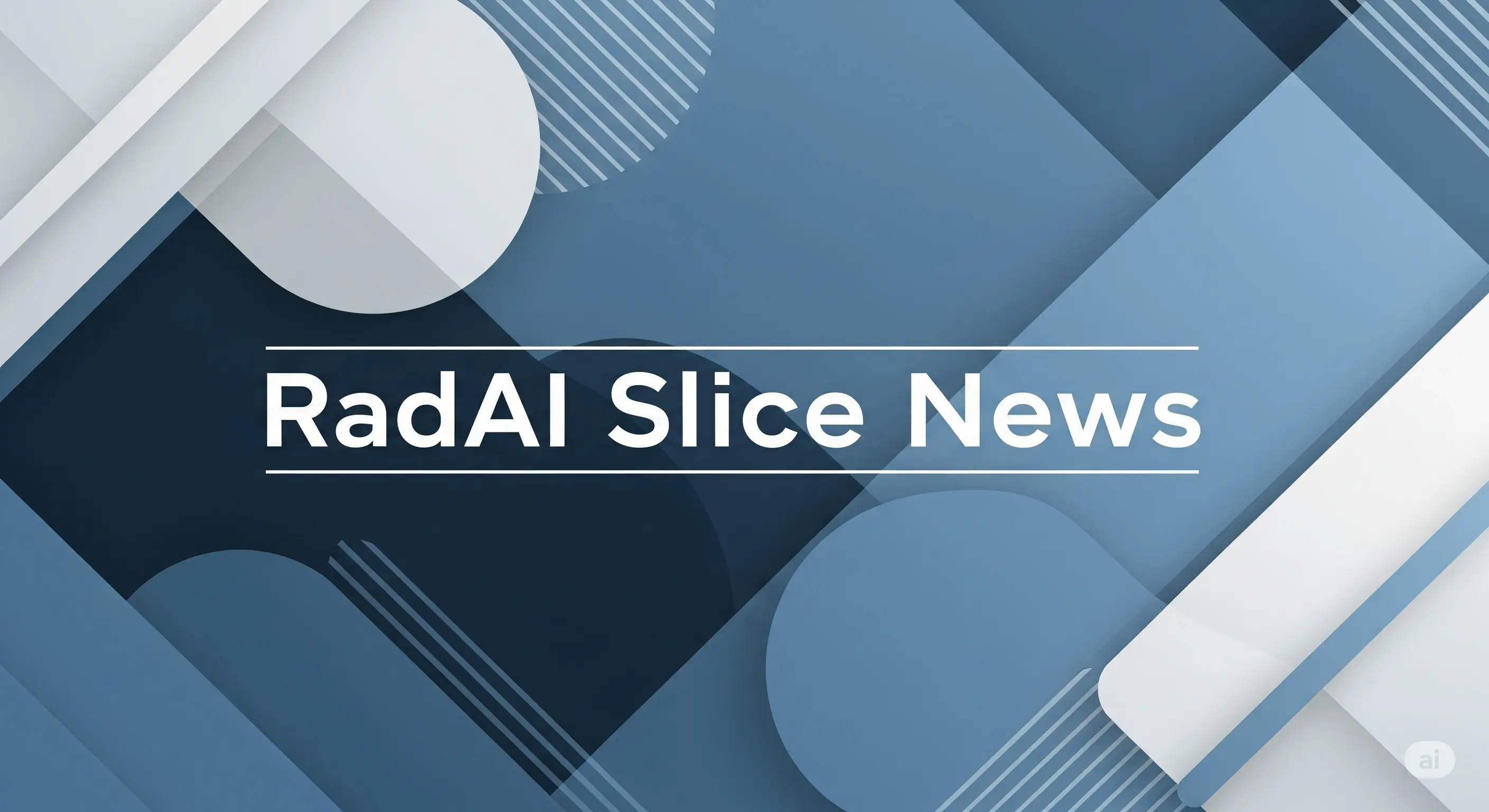
Combining CT-based radiomics and deep learning features with clinical data enhances prediction of hepatocellular carcinoma risk in cirrhosis patients.
Key Details
- 1Study used a multicenter, prospective cohort of 2,411 cirrhosis patients in China (2018–2023).
- 2All patients underwent 3-phase contrast-enhanced abdominal CT at baseline.
- 3AI model extracted radiomics (PyRadiomics) and deep learning (ResNet-18) features from liver and spleen on CT.
- 4The integrated aMAP-CT model significantly outperformed standard clinical models (AUC 0.809–0.869).
- 5Model stratified patients into high- (26.3% incidence) and low-risk (1.7%) groups over three years.
- 6Stepwise application identified 7% of patients at very high risk for HCC (27.2% three-year incidence).
Why It Matters
This study demonstrates how AI-driven analysis of imaging data can meaningfully improve personalized risk stratification in a major oncologic domain, supporting earlier HCC detection and potentially better clinical outcomes for high-risk cirrhosis patients.

Source
EurekAlert
Related News

•EurekAlert
AI Model Accurately Predicts Blood Loss Risk in Liposuction
A machine learning model predicts blood loss during high-volume liposuction with 94% accuracy.

•EurekAlert
AI-Driven CT Tool Predicts Cancer Spread in Oropharyngeal Tumors
Researchers have created an AI tool that uses CT imaging to predict the spread risk of oropharyngeal cancer, offering improved treatment stratification.

•EurekAlert
AI Model PRTS Predicts Spatial Transcriptomics From H&E Histology Images
Researchers developed PRTS, a deep learning model that infers single-cell spatial transcriptomics from standard H&E-stained tissue images.